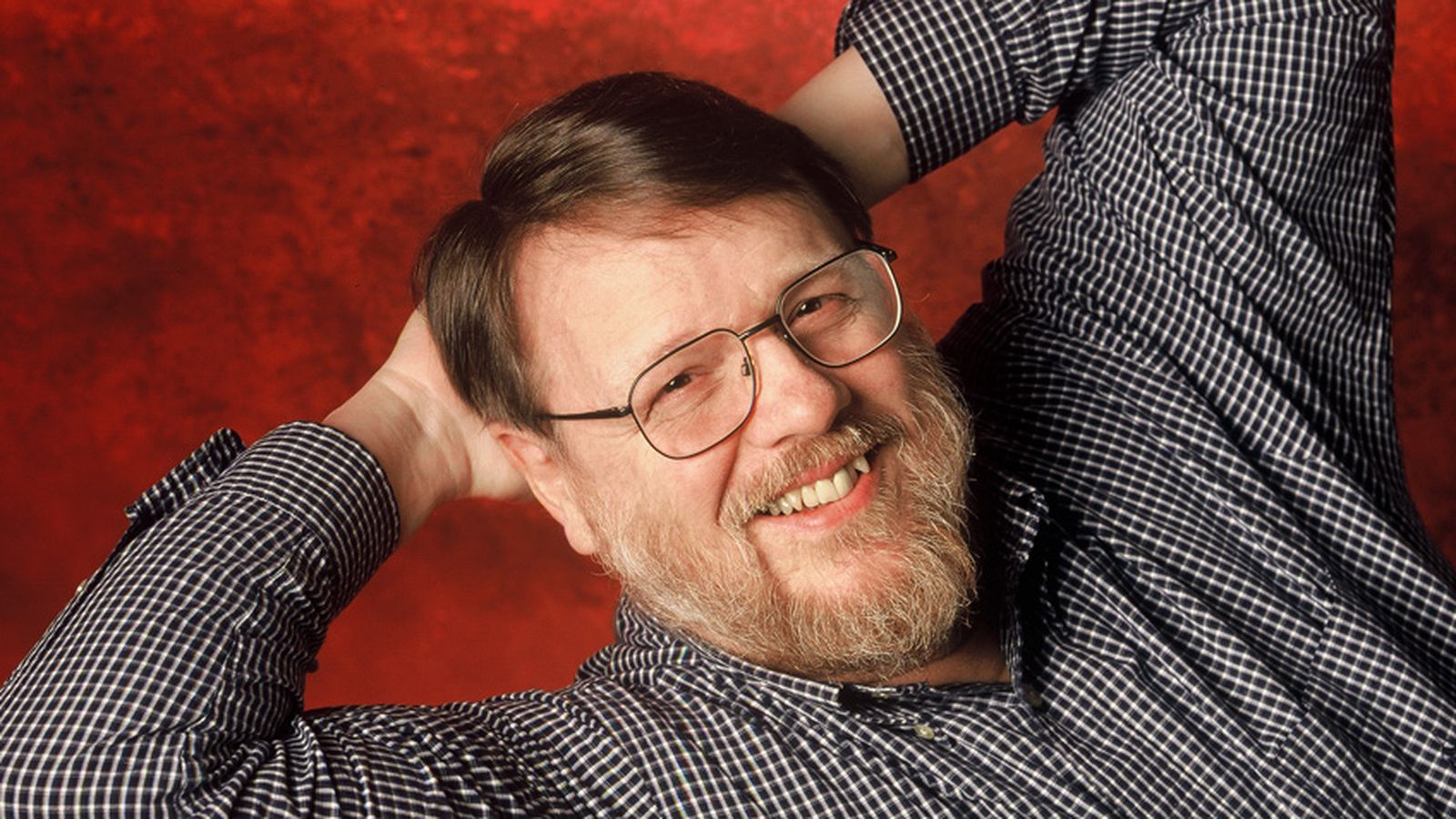
When sending an e-mail today, remember that people use the “@” symbol for sending messages because of a man named Raymond Tomlinson. He died Saturday, March 5, of a suspected heart attack, according to reports.
E-mails are sent within seconds in today’s modern world, but during Tomlinson’s time, it existed in limited capacity. Electronic messages could only be shared within a limited framework. His invention in 1971 of the first network person-to-person e-mail changed that, as before his invention, there was no way to send something to a specific person at a specific address, according to NPR.
(Related: Ford and Mozilla are looking for Internet advocates)
Tomlinson contributed to the development of ARPANET, a computer network that was created for the U.S. government. He joined the technology company of Bolt, Beranek and Newman (now BBN Technologies), where he helped develop the TENEX operating system that included ARPANET. He then wrote a file transfer program called CPYNET to transfer files through ARPANET, and after changing code from CPYNET to a program called SNDMSG, he was able to send messages to users on other computers.
Tomlinson was the person who chose the “@” symbol to designate a user from its host. Spokesperson Joyce Kuzman at Raytheon, Tomlinson’s employer, said that he chose that symbol because it needed something that would not otherwise be part of the address, and it seemed like a “logical solution,” according to NPR.
The symbol probably would have gone away had it not been for e-mail, said Kuzman. The New York Museum of Modern Art’s Department of Architecture and Design even added the symbol into its collection in 2010, with credits to Tomlinson.
He was an inductee to the Internet Hall of Fame, among the many accolades and awards he won during his lifetime. He held electrical engineering degrees from Rensselaer Polytechnic Institute and the Massachusetts Institute of Technology as well.
Despite all his recognition, Tomlinson was described as humble and modest. In a 2012 interview with The Verge, he talked about the future for e-mail and the future for communication technology.
“I see e-mail being used, by and large, exactly the way I envisioned. In particular, it’s not strictly a work tool or strictly a personal thing,” he told The Verge. “Everybody uses it in different ways, but they use it in a way they find works for them.”






